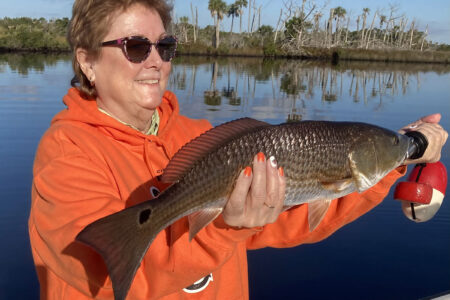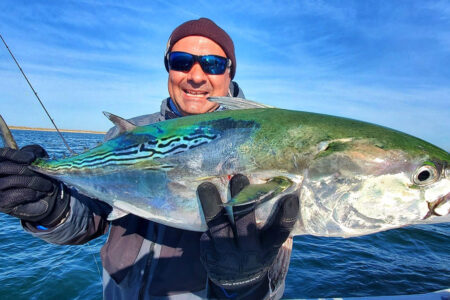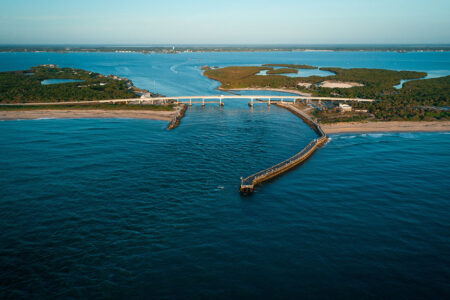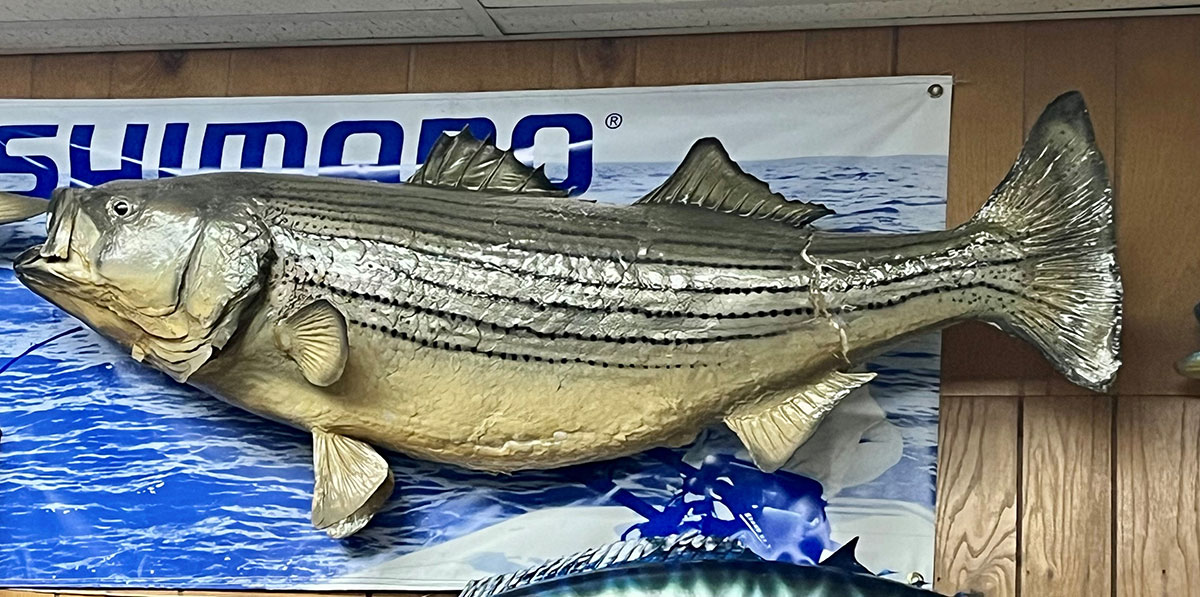
A truly big fish had eluded me — It was about to change on the night of November 10, 1967.
A good surf fishing friend of mine once told me “fish for the small fish and the big fish will take care of itself.” I found that remark to be very prophetic. This is the story of my young life as a serious surf fisherman.
I met a surfcaster at Montauk many years ago who lived in Wantagh. His neighbor was a surf man and one October afternoon he invited him to come with him the next morning to Jones Beach to do some surfcasting. The next morning, just after daybreak, he was casting a conventional rig into the surf and getting a backlash on every cast. Then while unraveling his latest tangle, a very large fish inhaled his floating plug. Ten minutes later he landed a striped bass which later weighed 52 pounds. He was elated at his success and immediately became enthralled with this sport. That, he told me was his first and last fish he caught in three years. My story is different but similar to the extent that this sport is a learning process that usually requires many years of effort.
My father fished in Norway as a young man before coming to this country. Fishing was in my DNA. My fishing as a child was made up of boat fishing for winter flounder and summertime fluke in a rented boat powered by a single cylinder 1-1/2 HP outboard motor along with party boat fishing for sea bass and porgies. And of course, I can’t forget about the opening day of the trout seasons in the Catskills — I loved every minute of it.
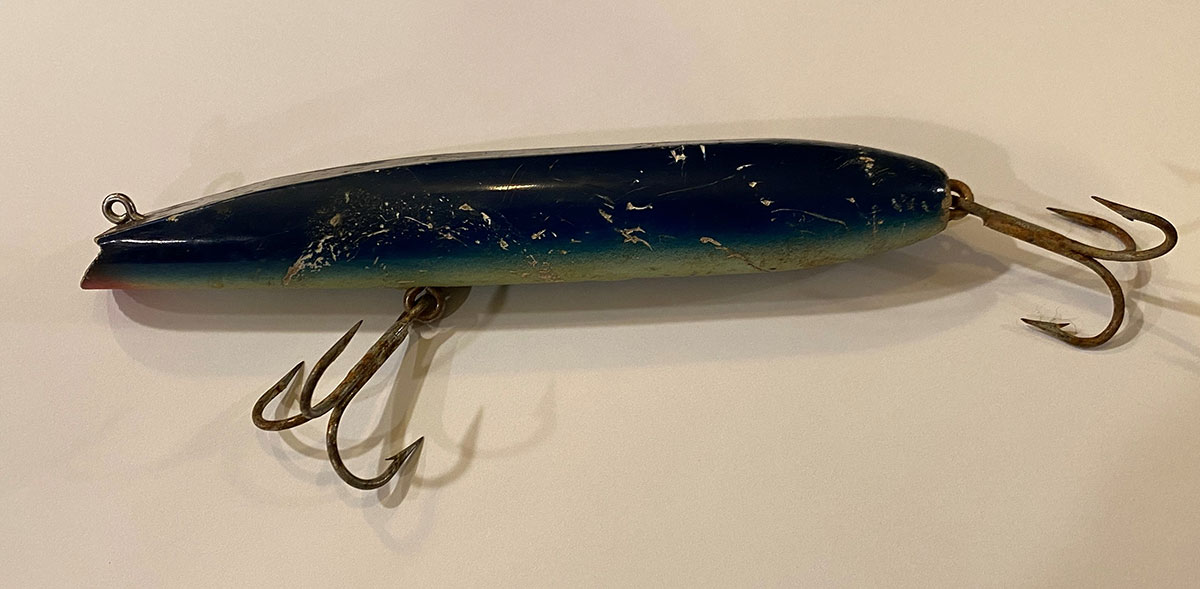
Intro To The Suds
One day our family took a ride to Hampton Bays for a day at the beach. There were men casting long rods with metal lures into the surf. Then a school of bluefish came near the beach and some of these surfcasters caught some of these beautiful fish. That was in May of 1950. A week later my father took us to Montgomery Ward in Jamaica, Queens and purchased two 9-foot split bamboo surf rods. We used our bay fishing reels. A year later my father bought me a Penn Surfmaster reel. In the next six years, until I graduated high school, every time we went to the beach, usually in the summer, I would spend hours casting tin. I became so good at casting that I virtually never got a backlash. It was all mid-day, July and August, never daybreak or dusk and for those six years I never caught a single fish. That was about to change, after I got my driver’s license and bought my first car in 1957.
Discovering Montauk
My parents owned a summer bungalow in Rocky Point and I would drive out to Hampton Bays and fish the west and east jetties at Shinnecock Inlet. I started catching bluefish at the inlet usually at daybreak. I caught my first small striped bass on the east jetty in September. I stayed with conventional tackle until 1959 when I switched to spinning: the big Luxor reel with an 11-1/2-foot Lamiglas rod and 20-pound pink Ande line.
At that point in time I fell in love with Montauk and most of my fishing was there for the future. I fished Montauk every weekend from May to November plus vacation time. I bought a beach buggy. Over time I started catching more and bigger bass. Until 1967, although I took many fish in the 20s and a few in the 30s, a truly big fish had eluded me — It was about to change on the night of November 10, 1967.
In those days, fishing under to light at Montauk was done in two different ways: one could fish on the high rocks or go below into the surf and fish from a number of good rocks in the water. I might add that his has not been the case for the last 30 years due to the geological settling of the bottom at the point. All fishing now is done from the high rocks and it makes landing a good fish very difficult and has also resulted in overcrowding — I don’t care for it.
Getting back to that night, the ocean was fairly calm. I was fishing with a good buddy, Joe Bubel, and at about 10 p.m. with the tide about 2 hours in, we waded out to our favorite “win rocks” Although we were both wet suiters there was no need for them under the light. Waders were sufficient.
I might add that there were no other casters there that night and conditions were excellent. We were both throwing Gibbs darters. There would be another 12 years before needlefish plugs came into existence. Nothing happened for about 2 hours and then I hooked a good fish. When I say “good fish” I had no idea that it was a very large fish. It took some line, not a lot, and I thought it would not go much over 30 or so. There was what we called “the big pointy rock,” about 70 feet out and a little to our right. I thought for sure that the fish would buck the tide and wrap my line over that rock, but she did not. Lucky for me! I don’t think the fight lasted 10 minutes when the fish came into view. I turned my neck-light on and realized it was a very large fish. The plug was hanging off her mouth. It was then that I jumped off the rock and gaffed it. I did not string the fish and get back on the rock but carefully walked back to the sea wall in 4 feet of water while holding the gaff. At the sea wall I put the fish on a rock and then fully realized how huge the fish was. I yelled back to Joe, “I am bringing the fish back to the buggy before coming back out.” When I got back out to the rock I took another fish about 25 pounds 10 minutes later. My buddy, Joe went fishless. But let me say there were many nights when he out-fished me. The next morning we weighed the fish in town. Sixty-two pounds even; 53-inches long with a girth of 31-1/2 inches!
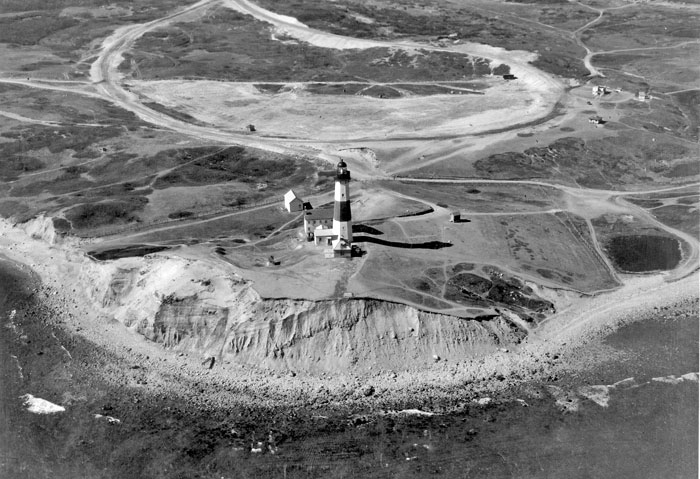
0 For 3
A newspaper in those days, The Suffolk Sun, had a contest for the largest Striped Bass caught, with a $1000 prize; but the contest ended October 31. It would have won the Field and Stream contest; but fish caught on treble hooks were disqualified, and it would have been and IGFA 20-pound class record; but was not allowed for the same reason.
Six months later Ceil, Stan Gibb’s wife, wrote me asking for a photo and permission to use it. I of course said no problem. She sent me a dozen plugs and I still have the two very nice letters that she and Stan sent me. I had the fish mounted. She hung in my house for many years and I finally donated it to The Campsite Tackle shop in Huntington, where she hangs to this day. Let me close by saying that I know several surfmen who have never taken a 50, but have taken multiple fish in the 40s. I never considered myself any better than those individuals.
